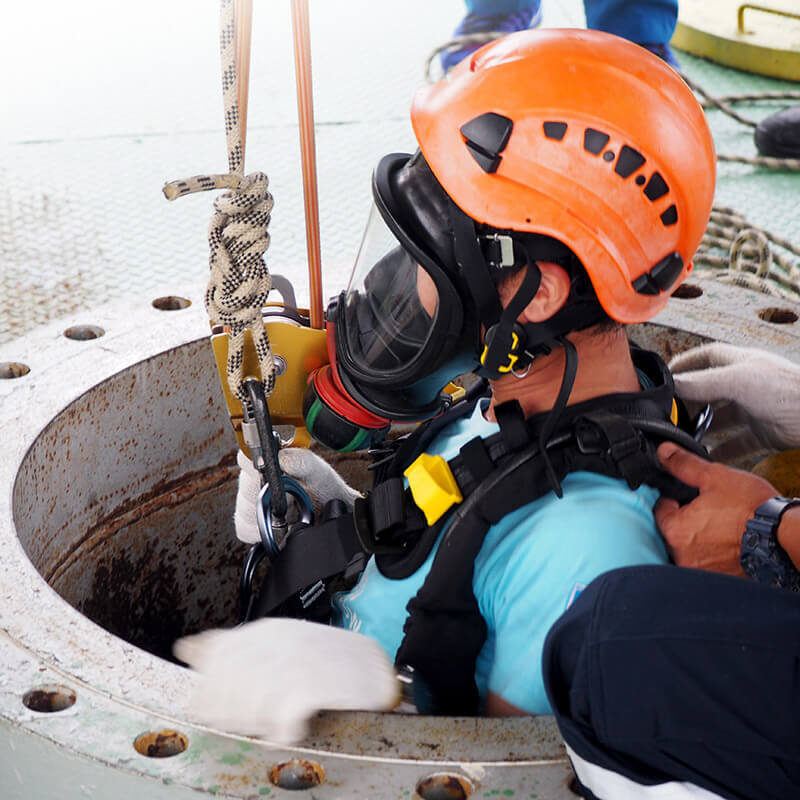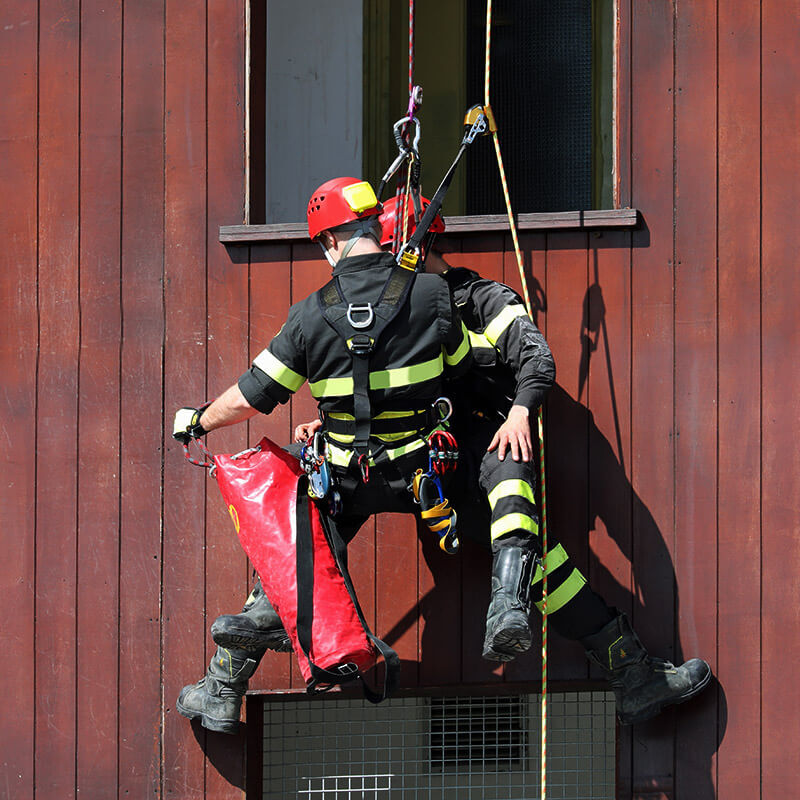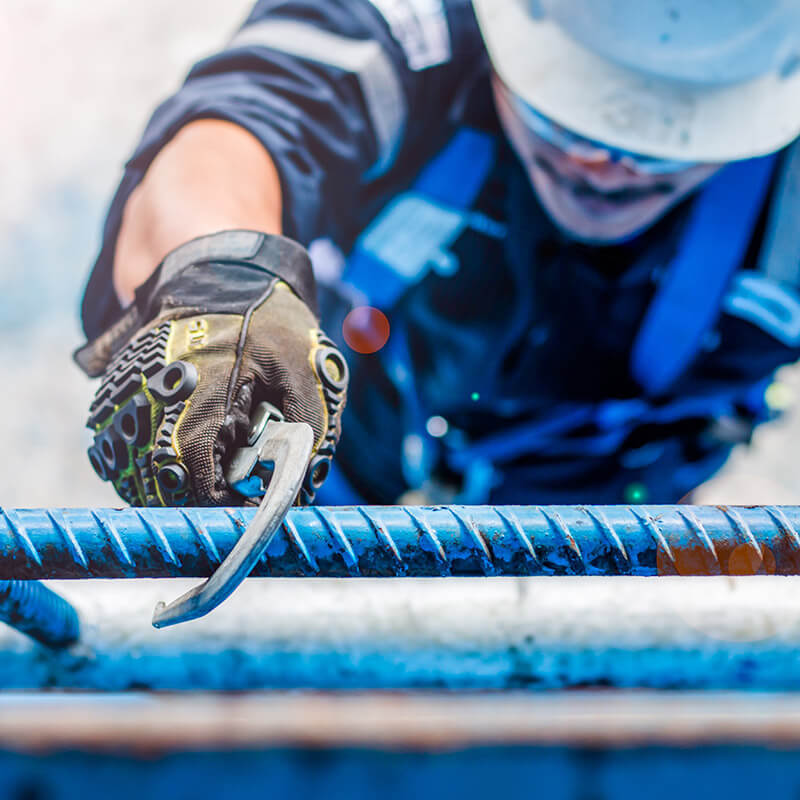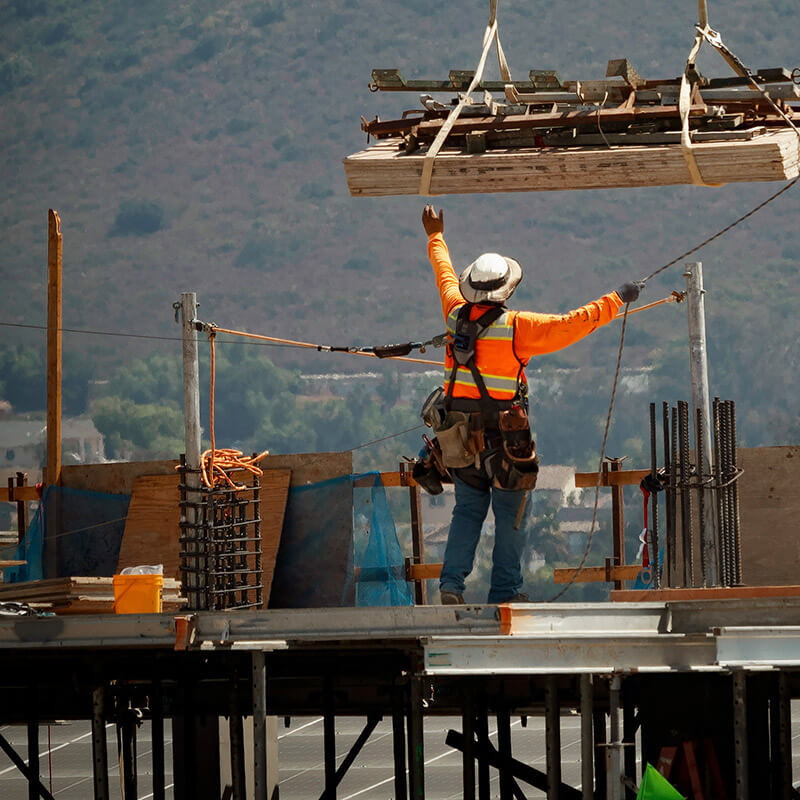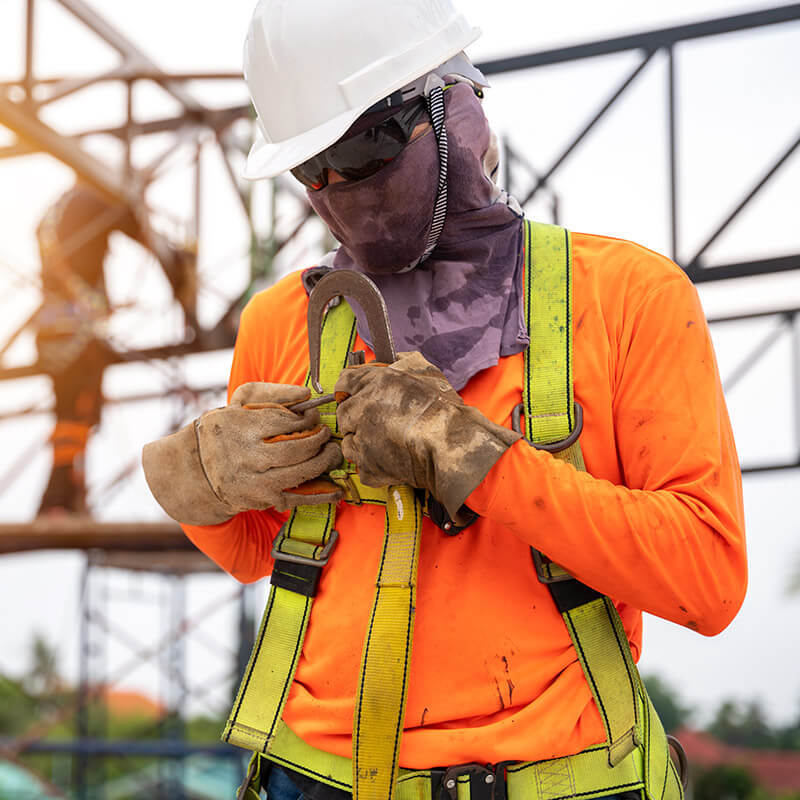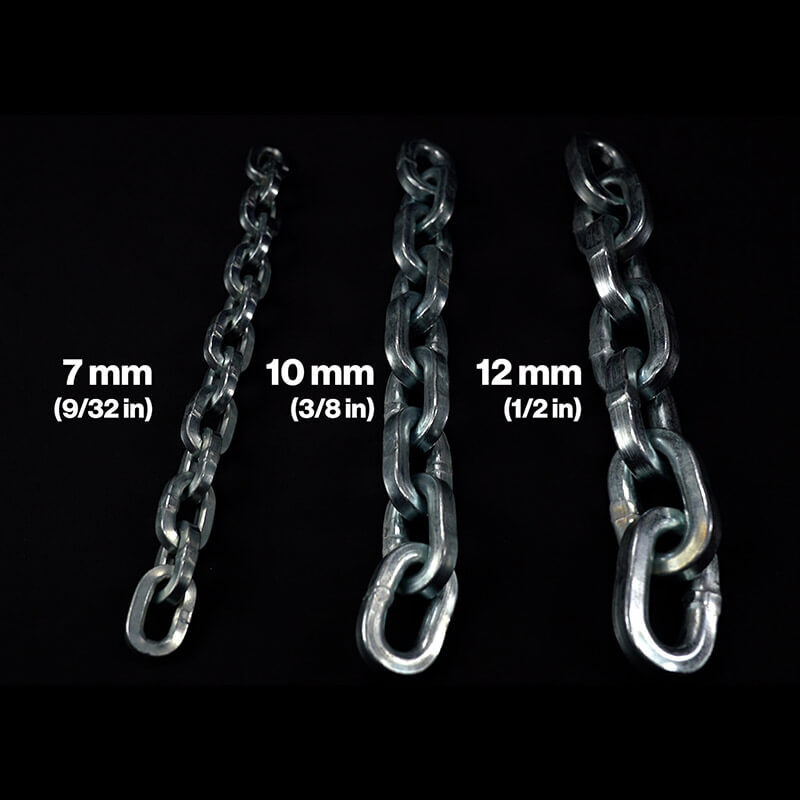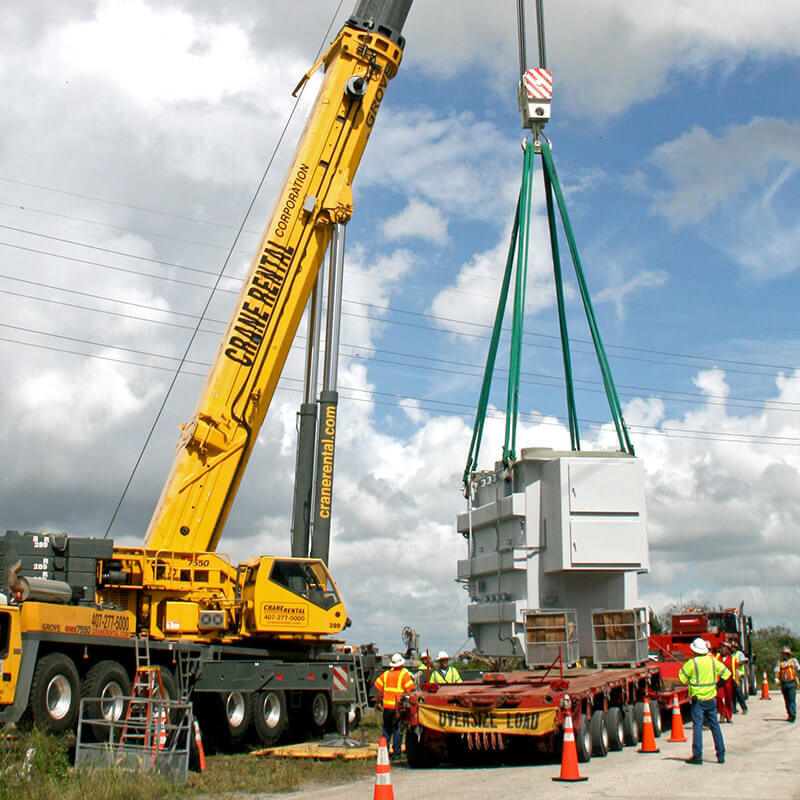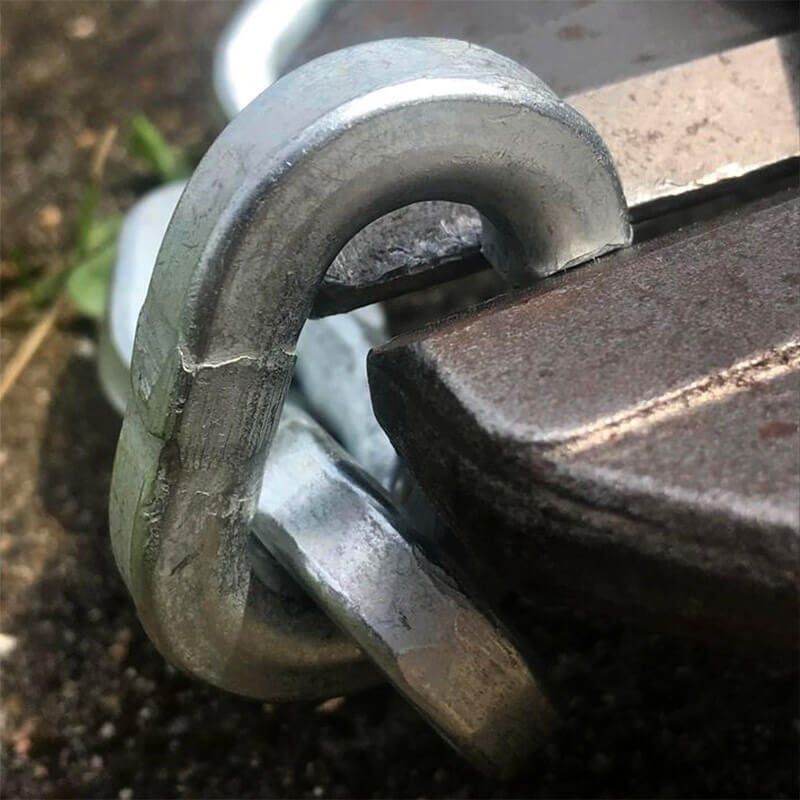What Rope is Best for Rope Climb?
Choosing the right rope is key for a safe and successful rope climb. The best rope should be durable, have good grip, and ensure safety. This guide will help you pick the right rope for your climb, focusing on important techniques and equipment quality.
Rope climbing needs careful thought about rope type, material, and length. The right rope can greatly improve your climb, providing support and protection. With many options, finding the best rope can be tough. This guide will cover essential features and selection factors for rope climbing equipment.
Key Takeaways
- Choosing the right rope is key for a safe and successful rope climb experience.
- Durability, grip, and safety are essential factors to consider when selecting rope climbing equipment.
- High-quality rope climbing equipment can make a significant difference in the overall climbing experience.
- Understanding the different types of ropes and their characteristics is vital for making an informed decision.
- Considering factors such as length, weight, and weather resistance is important when choosing the best rope for rope climb.
- A complete guide can help climbers navigate the various options and make the best choice for their needs.
Understanding Different Types of Climbing Ropes
Choosing the right climbing rope is key. Top climbing ropes are durable and safe. But, the rope type affects your climb. Durable ropes are vital for frequent use.
Climbers face many rope types, like dynamic and static ropes. Dynamic ropes stretch to absorb falls, perfect for lead and top-rope climbing. Static ropes are for rappelling and ascending, needing little stretch.
Dynamic vs Static Ropes
Dynamic ropes are the most common. They offer safety and durability. They come in diameters from 9.5mm to 11mm. Thinner ropes suit sport climbing, while thicker ones are better for trad climbing.
Rope Diameter Considerations
Rope diameter matters a lot. Thicker ropes are durable and easy to handle but heavier. Thinner ropes are lighter and more compact but wear faster.
Single, Half, and Twin Rope Systems
There are many rope systems to choose from. Single ropes are the most common for one rope use. Half ropes are for two ropes, used in trad climbing and mountaineering. Twin ropes are for two ropes, great for ice and alpine climbing.
Essential Features of High-Quality Climbing Ropes
Choosing the right rope for outdoor climbing is key for a safe climb. High-quality ropes can handle different weather and last long. They also resist water and protect against UV rays.
Here are some important features to look for in top-notch climbing ropes:
- Materials: Choose ropes made from durable, water-resistant materials that can stand up to harsh weather.
- Construction: A rope with a tight weave and smooth finish will last longer and perform better.
- Certifications: Make sure the rope has safety certifications and meets outdoor climbing standards.
Opting for high-quality climbing ropes ensures a safe and fun climb. Whether you're new to climbing or have lots of experience, a good rope is vital for your safety and success.
What Rope is Best for Rope Climb: Key Selection Factors
Choosing the right rope for rope climbing involves several key factors. Experts say to look at safety, performance, and durability. It's important to balance these factors to find the best rope for you.
A rope for climbing needs to handle different conditions well. It should also offer good value for its price. By considering these points, you can pick a rope that fits your needs.
Safety Certifications and Standards
When picking a rope, safety certifications are a must. Look for ropes that meet standards from the International Federation of Mountaineering and Climbing (UIAA) or the American National Standards Institute (ANSI).
Length and Weight Requirements
The rope's length and weight are also key. A longer rope is convenient but heavier. A shorter rope is lighter but might not be long enough for some climbs.
Weather Resistance and Durability
A good rope should handle different weather well. It should also be made from durable materials to resist wear and tear.
Price-to-Performance Ratio
Lastly, think about the rope's price and performance. A high-quality rope might cost more but offers better performance and lasts longer. Weighing these factors helps you choose a rope that's right for you and your budget.
Conclusion: Making Your Final Rope Selection
Choosing the right rope for climbing is all about considering several key factors. You need to know the difference between dynamic and static ropes. Also, look at safety certifications and how much you get for your money.
Remember, safety should always be your top priority. Choose a rope that has been tested and certified for safety. Think about the length and weight you need for your climbs. Also, consider how well the rope handles the weather and lasts over time.
By carefully looking at your options and making a smart choice, you'll get a rope that's safe and reliable. This will help you climb higher and reach new heights in your adventures.
At Bishop Lifting we keep all types of climbing rope in stock and ready to ship at the best prices you can find online.
FAQ
What are the different types of climbing ropes?
Climbing ropes come in two main types: dynamic and static. Dynamic ropes stretch to absorb fall shock, perfect for lead climbing and top-roping. Static ropes, with little stretch, are great for rappelling and hauling.
What factors should I consider when choosing a climbing rope?
When picking a climbing rope, think about its diameter, length, and weight. Also, check for safety certifications, weather resistance, and durability. Choose a rope that fits your climbing style and environment.
What are the different rope systems I can use for climbing?
You can use single, half, or twin rope systems. Single ropes are one main rope. Half ropes are two clipped independently. Twin ropes are always clipped together.
How do I ensure the safety of my climbing rope?
For rope safety, pick a rope with CE and UIAA marks. Regularly inspect and maintain your rope. Replace it if it's worn or damaged.
What are the key features of a high-quality climbing rope?
Top ropes are made from strong materials like nylon or polyester. They have a tight weave for best strength and performance. They should also resist water, UV, and abrasion for outdoor use.
What Are the Two Types of Kernmantle Rope?
Nov 25th 2025
What Is a Kernmantle Rope Used For?
Nov 21st 2025
What Is a Fall Protection Harness?
Nov 14th 2025
What are the four components of a PFAS?
Nov 7th 2025
Is Palmer Safety OSHA Compliant?
Nov 3rd 2025
What’s the Hardest Chain to Cut?
Oct 20th 2025
What are the most common tools used in rigging?
Oct 13th 2025
What Is the Strongest Security Chain?
Oct 7th 2025
Are Pewag Chains Good?
Oct 3rd 2025



